In a groundbreaking archaeological discovery, the unearthing of similar red-slipped pottery with dentate stamping, alongside other artifacts from Cagayan, Northern Philippines, and the Marianas, bolsters the theory of direct settlement of the Marianas from the Northern Philippines.
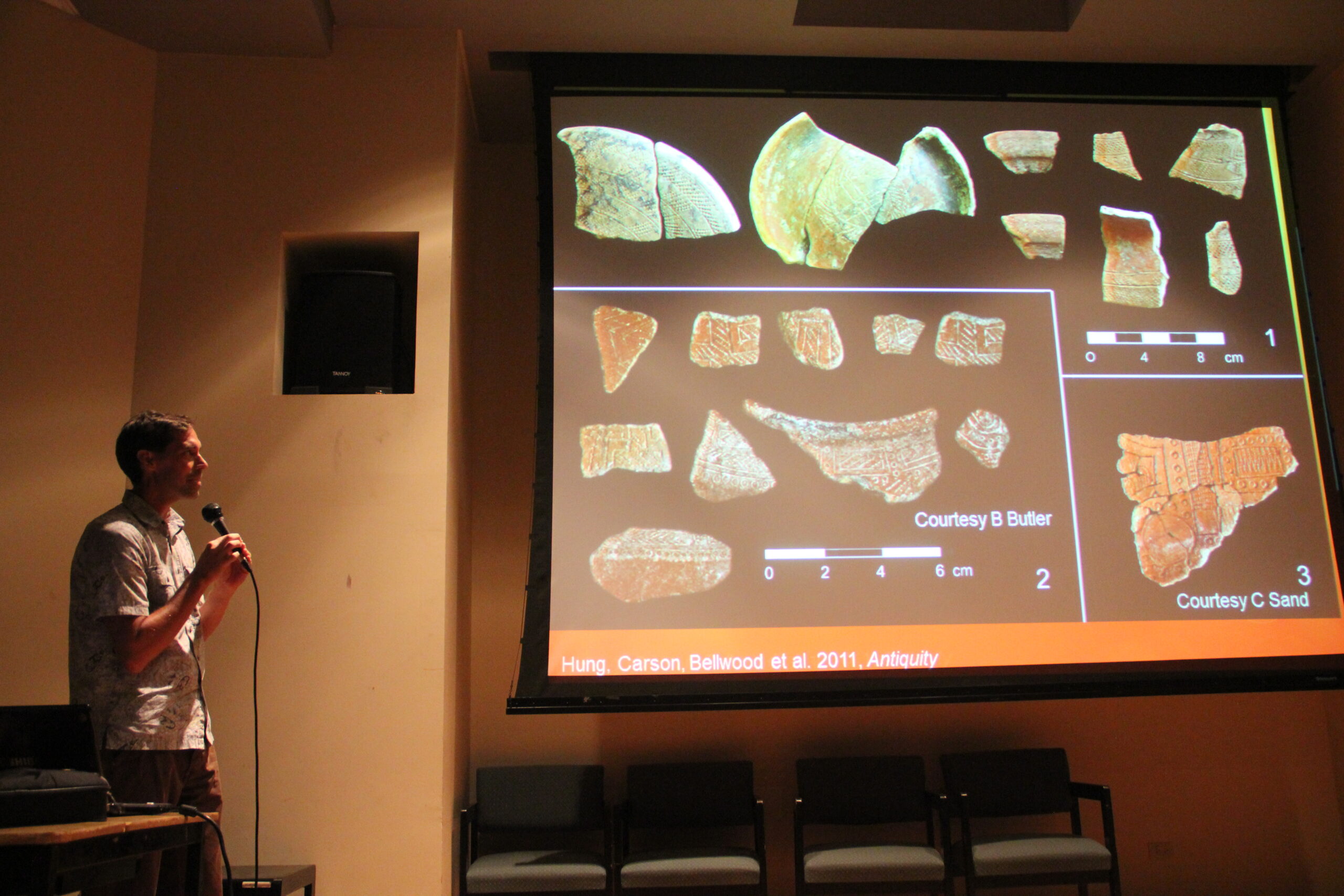
Leading this research are Dr. Mike T. Carson and Dr. Hsiao-chun Hung, who have been meticulously conducting archaeological work on Tinian to unravel the mysteries of early human settlements in the Marianas.
Dr. Hung, whose scholarly pursuits have long delved into human settlements across Asia and the Pacific islands, initiated her research in the northern Philippines as far back as 1995 during her pursuit of a master’s degree.
The pottery discovered in the Philippines, dating back 4,000 years, bears striking resemblance to that found in the Marianas, a fact not lost on Dr. Hung as she recounts their discoveries in the northern Philippines where potsherds and other artifacts were unearthed.
According to Dr. Hung, not only do these archaeological finds align in pottery styles, but linguistic parallels further affirm connections between the two regions.
Dr. Carson elaborates on their findings, highlighting the intriguing aspect of how early the Marianas were settled. Through meticulous dating of archaeological sites, their research traces the movements of peoples from Asia into the Pacific, with significant stopovers in China, Taiwan, the Philippines, and ultimately, the Marianas.
Remarkably, the distinctive style of pottery discovered in Taiwan, marking the first departure from the Asian continent, resonates with the finds in the Philippines and the Marianas. This shared pottery style, as Dr. Carson emphasizes, underscores intentional cultural connections rather than coincidental similarities.
Radiocarbon dating places the origins of Philippine pottery at 4,000 years, slightly preceding its manifestation in the Marianas around 3,500 years ago, with the Lapita region in Melanesia showing slightly later dates.
Published in The Journal of Island and Coastal Archaeology, their research highlights the convergence of pottery techniques across the Philippines, Marianas, and early Lapita cultures. Notably, rare paddle impressions found in the Marianas and the Philippines stand in contrast to the Lapita region’s pottery, suggesting distinct regional variations.
In their meticulous comparative analysis, Dr. Carson and Dr. Hung scrutinize five ceramic attributes across the earliest collections from the Philippines, Marianas, and Lapita cultures, shedding light on the interconnectedness of these ancient civilizations.
Their research, built upon prior studies, unveils the timeline of pottery evolution in the Philippines and the Marianas, providing critical insights into early human migrations and cultural exchanges across the Asia-Pacific region.
Excavations led by Dr. Carson and Dr. Hung on Tinian have unearthed over 30,000 potsherds and human remains, offering invaluable glimpses into the lives of ancient Marianas inhabitants. The excavation near the House of Taga yielded particularly fruitful results, unveiling ancient habitation structures and artifacts that paint a vivid picture of life in the Marianas 3,500 years ago.
Their meticulous approach to analysis underscores the importance of patience in unraveling the complexities of ancient civilizations. Dr. Carson emphasizes the significance of the earliest decorated pottery in understanding the technical prowess and daily lives of ancient Marianas residents.
With discoveries dating back centuries before Magellan’s expedition, their work promises to rewrite the narrative of early human settlements in the Pacific.
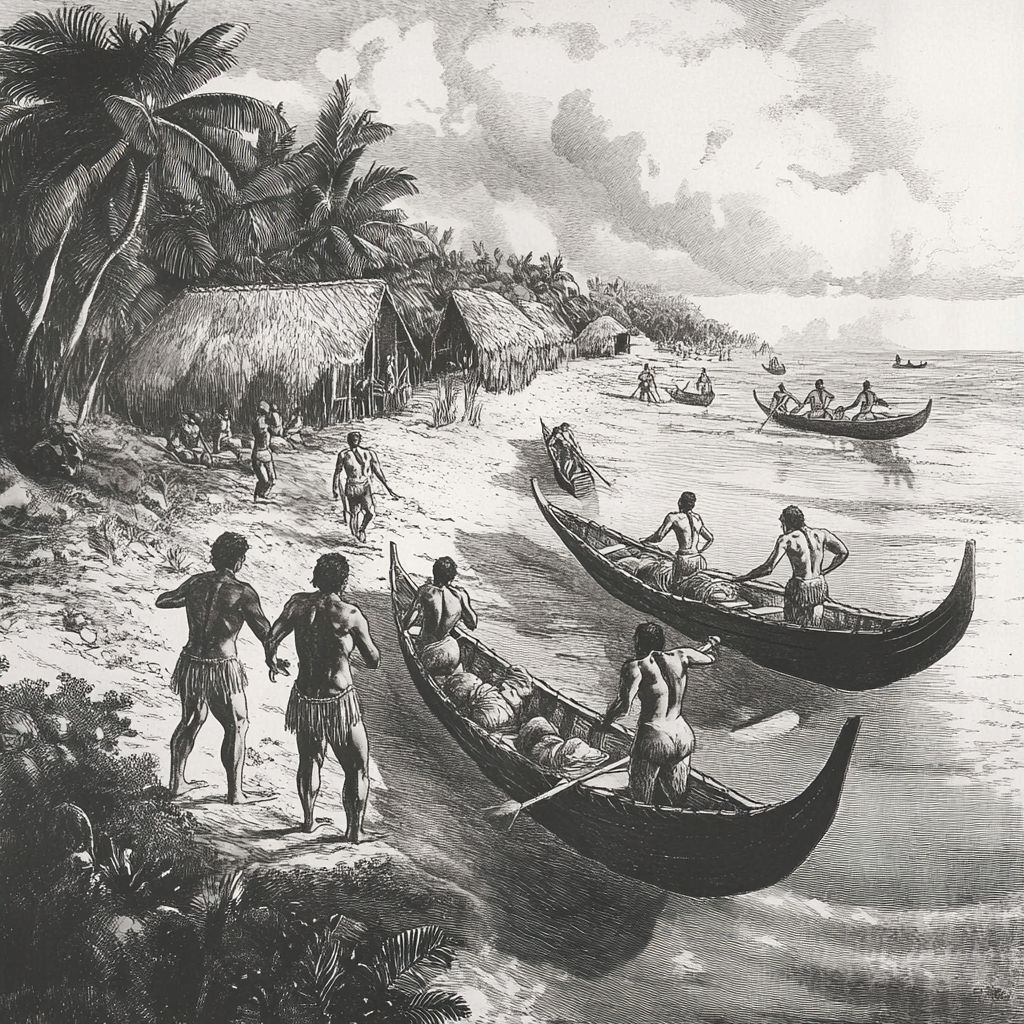




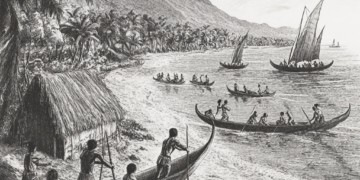
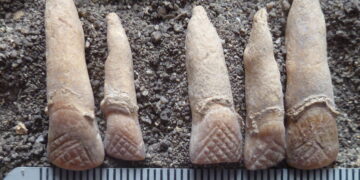

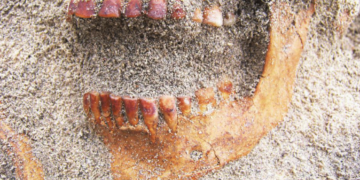
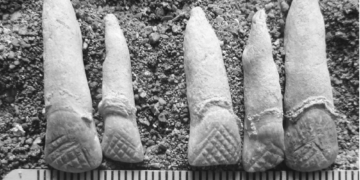
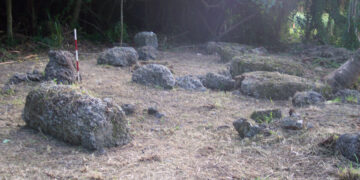



Discussion about this post